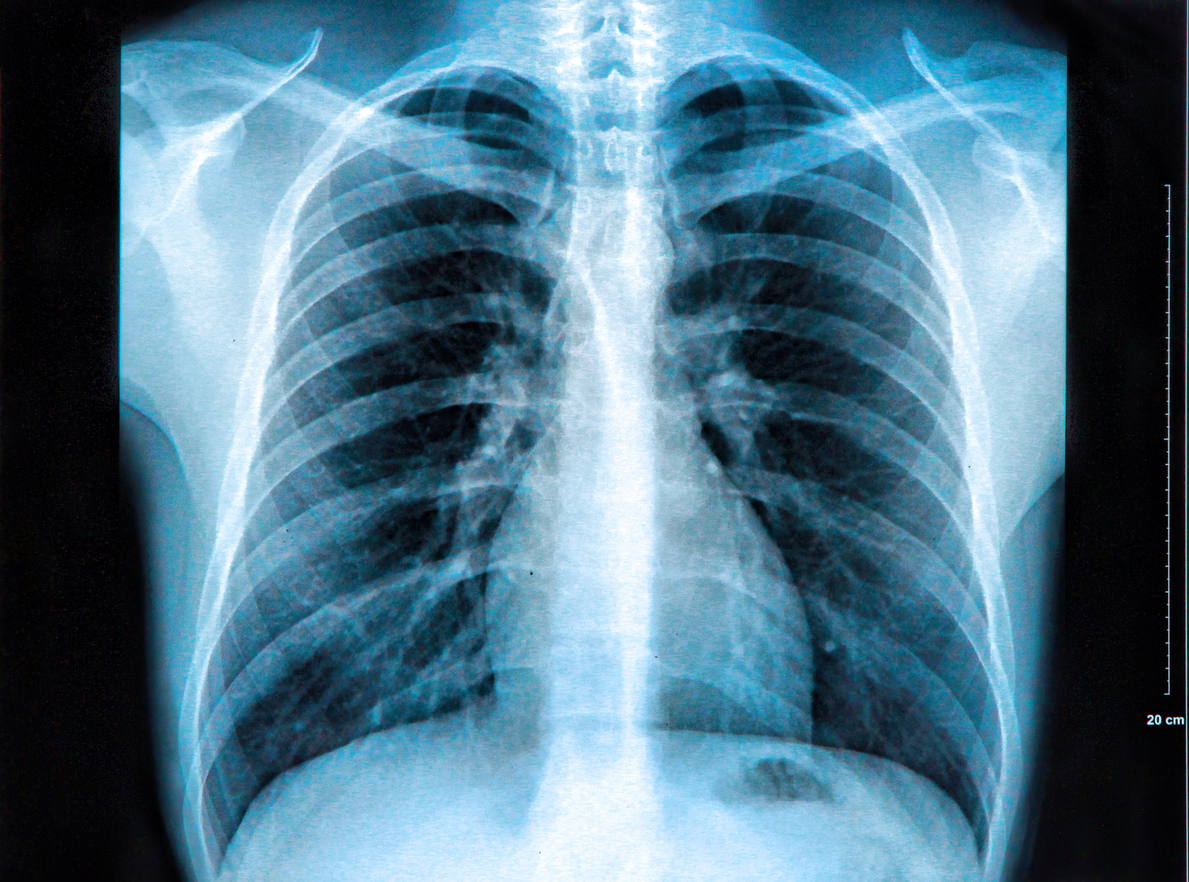Reflex Sympathetic Dystrophy (RSD) Pain
 Reflex Sympathetic Dystrophy (RSD), also referred to as Complex Regional Pain Syndrome (CRPS), is a condition that can be characterized by a variety of symptoms including pain, frequently a burning type of pain, tenderness, swelling of the area or extremity, sweating, flushing, warmth and/or coolness of the area, discoloration, and in some cases shiny skin.
Reflex Sympathetic Dystrophy (RSD), also referred to as Complex Regional Pain Syndrome (CRPS), is a condition that can be characterized by a variety of symptoms including pain, frequently a burning type of pain, tenderness, swelling of the area or extremity, sweating, flushing, warmth and/or coolness of the area, discoloration, and in some cases shiny skin.
How RSD develops is not well understood and some would say is unknown, however, it is believed to be caused by an irritation of nerve tissue or abnormal excitation of nerve tissue, which causes abnormal impulses along the nerves which in turn affects blood vessels and skin in the area. This seems to involve the involuntary nervous system, the peripheral nerves, and the brain. The peripheral nervous system is a network of 43 pairs of motor and sensory nerves that connect the brain and spinal cord to the entire human body.
Causes of RSD can be from a wide range of triggers including injury, surgery, shingles, heart disease, degenerative arthritis, stroke or other diseases of the brain, nerve entrapment or irritation such as in carpal tunnel syndrome, joint problems, cancer, specifically breast cancer, and certain drugs such as those used to treat tuberculosis and barbiturates, which act on the central nervous system.
Trauma From Car Wreck Injuries Could Trigger RSD Symptoms
RSD can come on suddenly or slowly over time. There are four stages of RSD/CRPS including the acute phase (stage 1), the dystrophic phase (stage 2), the atrophic phase (stage 3), and stage 4, which most patient’s never advance to and where there is involvement of the inner organs. The acute phase can last 3-6 months and often involves burning, flushing, blanching, sweating, swelling, pain, and tenderness. Patchy thinning of bone can be seen on x-ray in this stage. The dystrophic phase can also last 3-6 months and is marked by early skin changes including shiny, thickened skin and contractures (a shortening or hardening of muscles, tendons or other tissue). This stage is marked by persistent pain with a lesser degree of swelling and flushing. The atrophic phase can be longstanding and involves loss of motion and function of the involved area with contracture and thinning of the fatty layers under the skin. Often during this stage significant osteoporosis can be seen on x-ray.
Since there are few clinical tests that can detect RSD/CRPS, it is usually diagnosed based on the symptoms described above. Treatment for RSD can range from cool moist applications to the area to relieve the burning or stinging sensation. Exercise can help prevent contracture.
Medications may be helpful in reducing pain and swelling. For more persistent symptoms, cortisone (Prednisone) starting with high doses and gradually tapering may be prescribed. Medications such as amitriptyline (Elavil), which is used for nerve pain and depression, pregabalin (Lyrica) which is used to treat nerve and muscle pain, and clonidine (Catapres) which is a medication most often prescribed to treat high blood pressure, however, has shown benefits in treating CRPS involving chronic arm or leg pain developed after an injury, surgery, stroke or heart attack.
More advanced forms of treatment would include nerve blocks, implantable pain pumps, spinal cord stimulators, and even surgery to interrupted the nerves known as surgical sympathectomy.


 The most common injury sustained from blunt trauma to the chest is rib fractures and account for more than half of all thoracic injuries from non-penetrating trauma. Whereas in the elderly the most common cause of rib fractures is a fall and in youth the most common cause is recreational or athletic activities, in adults,
The most common injury sustained from blunt trauma to the chest is rib fractures and account for more than half of all thoracic injuries from non-penetrating trauma. Whereas in the elderly the most common cause of rib fractures is a fall and in youth the most common cause is recreational or athletic activities, in adults,  Have you been in an car accident? Are you experiencing neck or back pain? Maybe you’ve been diagnosed with a cervical, thoracic or lumbar strain/sprain. What is the difference between the types of sprains and strains?
Have you been in an car accident? Are you experiencing neck or back pain? Maybe you’ve been diagnosed with a cervical, thoracic or lumbar strain/sprain. What is the difference between the types of sprains and strains? Injuries sustained in an automobile accident depend on direction of travel, speed of travel, and collisions. Generally, if a vehicle is hit from behind the chances of severe damage or injury is less likely, however, a client of mine was recently hit so hard from behind her car was written off as a total loss, she suffered a closed head injury from her head hitting the steering wheel (while restrained), and cervical and thoracic strain from the impact. Car accidents involving a
Injuries sustained in an automobile accident depend on direction of travel, speed of travel, and collisions. Generally, if a vehicle is hit from behind the chances of severe damage or injury is less likely, however, a client of mine was recently hit so hard from behind her car was written off as a total loss, she suffered a closed head injury from her head hitting the steering wheel (while restrained), and cervical and thoracic strain from the impact. Car accidents involving a